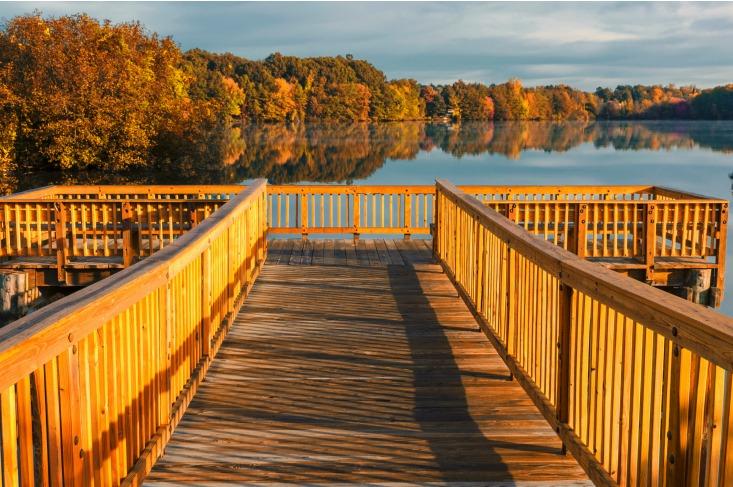
Connecticut Guide to Growing Trees
Trees are important for Connecticut's future, as well as its present. If you're looking for a guide on what you need to know when it comes to growing trees in Connecticut, then you've come to the right place! This guide will teach you how to ensure your tree will grow successfully.


